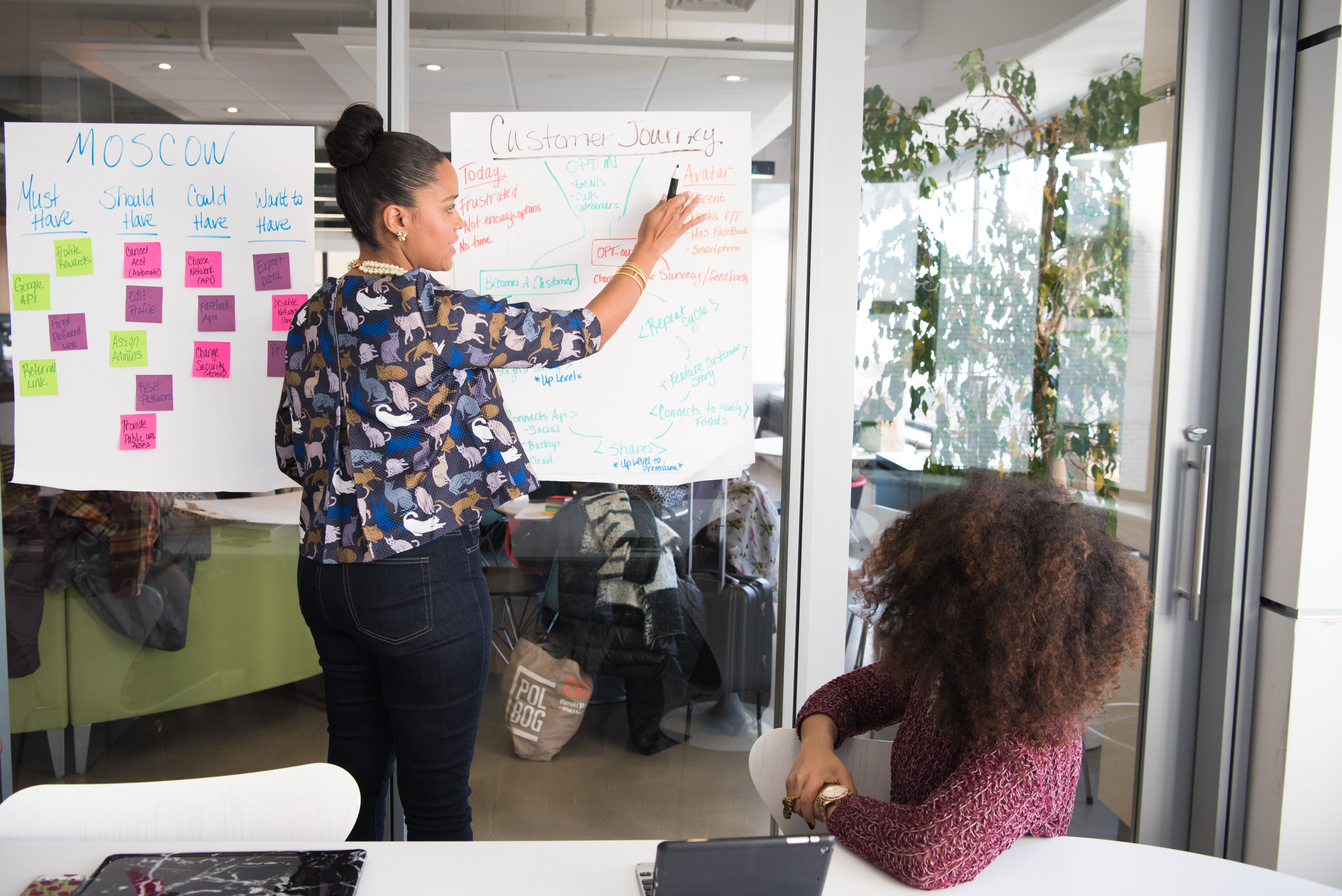Often, there’s confusion around business transformation - from what it is, the pace you should go at and the roadmap to follow. If you’ve led or been involved in a transformation project for a large/complex organisation, you’ll understand how getting everyone on the same page and working together can be a huge challenge.
A critical tool I’ve found to be a success in clarifying the direction for change and motivating people to work together is a rich picture. Sometimes called a root learning map, it’s an engaging visual that explains the story of business transformation (past, present and future) in a memorable, interactive manner.
Some examples I’ve seen and used in the past are:
- A picture-based workflow demonstrating the flow of information and products between departments or divisions of a large business
- A rocky valley featuring a bridge running over a canyon (the bridge is aptly named ‘ERP’). This bridge leads off into a lush green land with a sunrise and there are images of people racing to get ahead, avoiding hazards along the way
 This is what I mean
This is what I mean
Your rich picture should be central to your employee engagement plan regarding your transformation project. Conversations built around this picture should happen at every stage of your project across the business.
The benefits of a rich picture
I’ve always found this tool to be one of the best ways to get people onboard with the idea of change and transformation. Why?
- It creates conversations across the organisation - every location, department and level of seniority
- It allows people to be actively engaged and participate in discussions about transformation strategy, culture, values and reasons for change instead of passively listening
- It aligns people across the business and allows them to share their experiences and thoughts
- It allows managers to listen to employees, rather than talking at them
How to create a rich picture diagram
Your rich picture should connect the different aspects of a transformation together. When all the major initiatives for projects such as new IT systems are aligned, it’s easier to work towards the desired outcome you have in place for transformation.
Include the why, where and what
You don’t need to include every tiny detail but you do need to be detailed about the why, where and what…
- Why is the transformation happening? Why is it needed?
- Where are we now?
- Where are we trying to get to?
- What challenges are we expecting to face?
- What’s in it for me (the employee)?
Make sure your picture is visual
It sounds obvious but it’s easier than you’d expect to write too much text and not include enough imagery. Remember that it’s called a rich PICTURE for a reason.
Accessible for everyone in the workforce
It can be an excellent aid for your less confident presenters. So, make sure it’s easy to find and refer to.
Be creative enough to encourage discussion

In one business transformation project, we created two poster-sized pictures and some cards to place on the posters if they were laid out on a table. The cards represented things like requirements, KPIs and expected outcomes.
We then facilitated some groupwork. The staff played as though it was a board game, guessing where the cards should be placed on the posters.
Be flexible
Your picture should be multipurpose - in other words, you should be able to easily adapt it for many different uses and people. Whether they’re directly involved in the transformation project or not.
Be the centrepiece for all ongoing engagement activities
This ties particularly in with our third point. Your rich picture should be capable of acting as the heart of all ongoing engagement activities related to your transformation project.
Want to read more about organisational change management tactics?
I’ve found techniques such as rich pictures and facilitated exercises instrumental in bringing a business transformation vision to life. Digital business transformation is not only about ensuring you invest in the right digital tech. It’s also about getting your people onboard with your vision and creating the right culture.
And in my opinion, the people and culture side forms the bulk of the challenge when it comes to digital business transformation (or any kind of transformation).
Learn more about organisational change management tactics in our guide below.

